Much like the United States Postal Service, these plants will not let rain, nor sleet, nor driving snow stop them from pulling through the worst winter weather imaginable. It can be hard to find plants that will look two months of drying winds in the eyes and laugh—or sit in a frozen puddle for four months and not rot. We decided to sing the praises of those perennials and woodies that will take whatever January, February, and March have to dole out and come out on the other side unscathed. Tune in to this episode to learn about plants that truly are up to the challenge of taking winter’s worst on the chin.
Expert guest: Mary Ann Newcomer is a native Idahoan who gardens, scouts gardens, and writes about gardening in the Intermountain West.
Danielle’s Plants
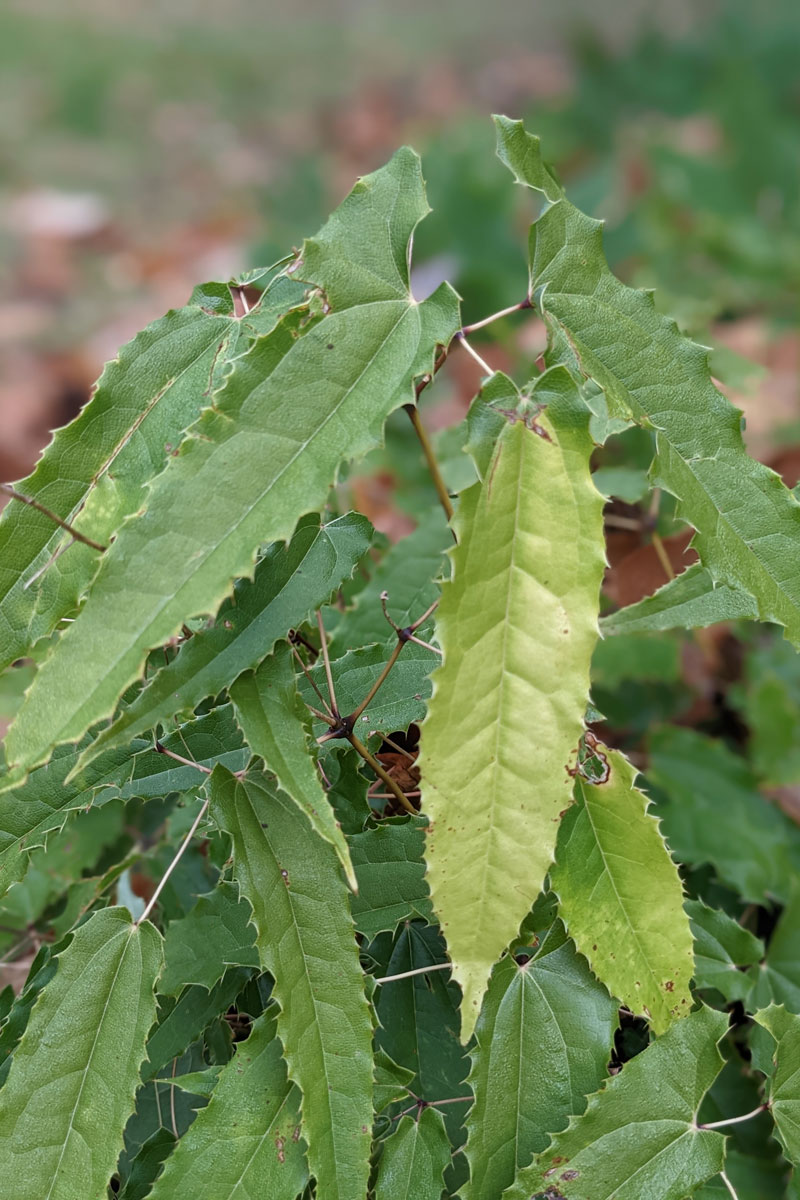
‘Ninja Stars’ epimedium (Epimedium ‘Ninja Stars’, Zones 4–9)

Leatherleaf viburnum (Viburnum rhytidophyllum, Zones 5–8)

‘Blue Chip’ juniper (Juniperus horizontalis ‘Blue Chip’, Zones 3–9)

‘Biokovo’ hardy geranium (Geranium cantabrigiense ‘Biokovo’, Zones 5–8)
Carol’s Plants
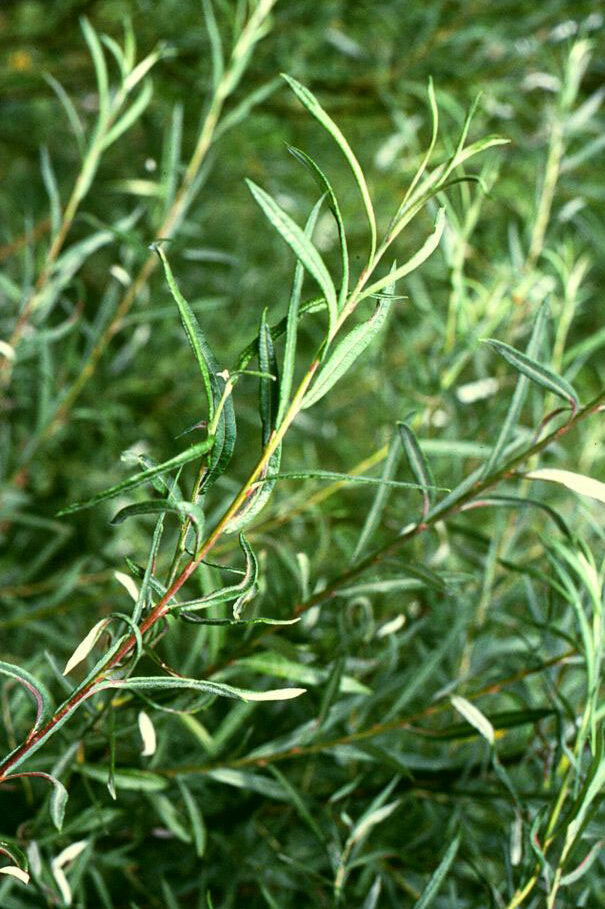 |
 |
Rosemary willow (Salix elaeagnos, Zones 4–8)
How to Add Color to the Winter Garden

Native Perennials to Start from Seed

Smooth blue aster (Symphyotrichum leave, Zones 3–8)
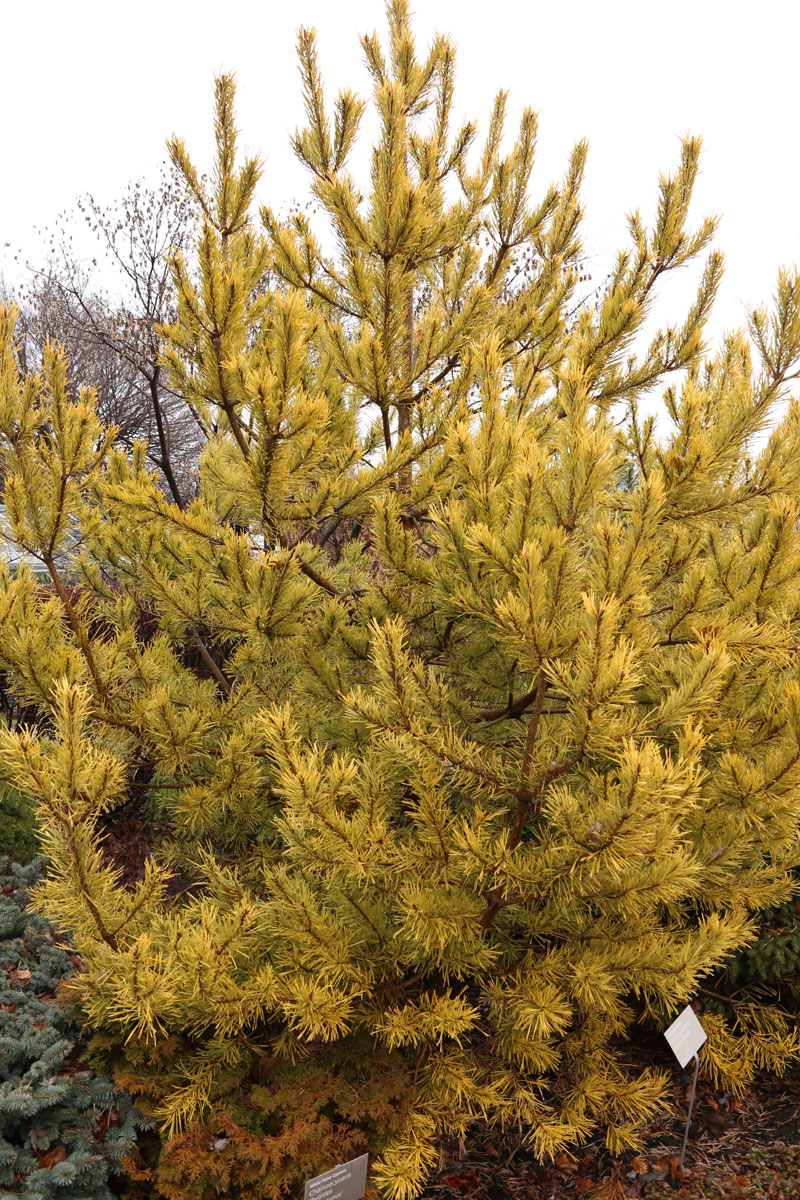
Golden Scots pine (Pinus sylvestris ‘Aurea’, Zones 3–7)

Siberian iris (Iris sibirica, Zones 3–9)
Expert’s Plants

European snowball viburnum (Viburnum opulus ‘Roseum’, Zones 3–8)

Autumn Brilliance’ serviceberry (Amelanchier × grandiflora ‘Autumn Brilliance’, Zones 4–9)

‘Blue Shag’ eastern white pine (Pinus strobus ‘Blue Shag’, Zones 3–8)


German bearded iris (Iris × germanica cvs., Zones 3–10)

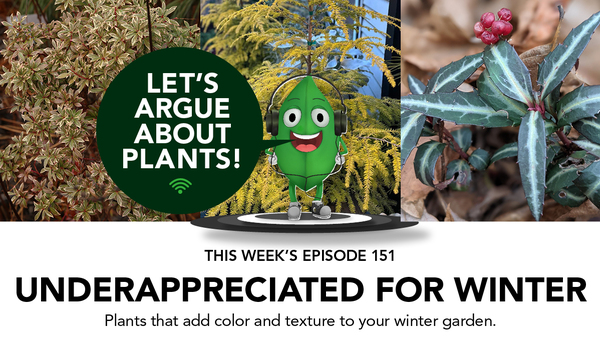





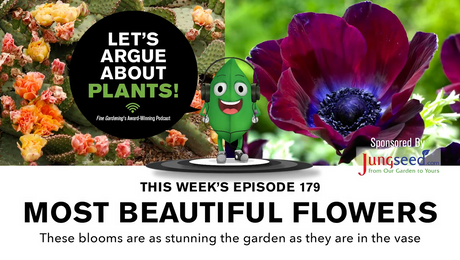


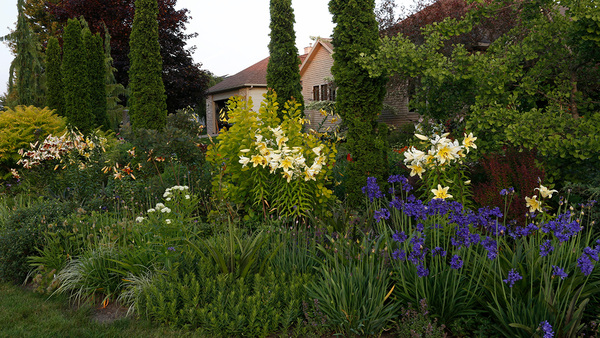



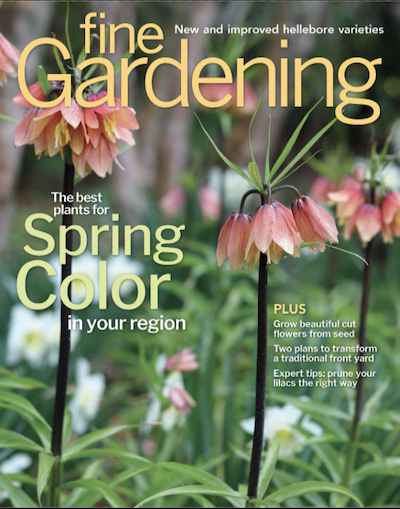



Comments
Log in or create an account to post a comment.
Sign up Log in